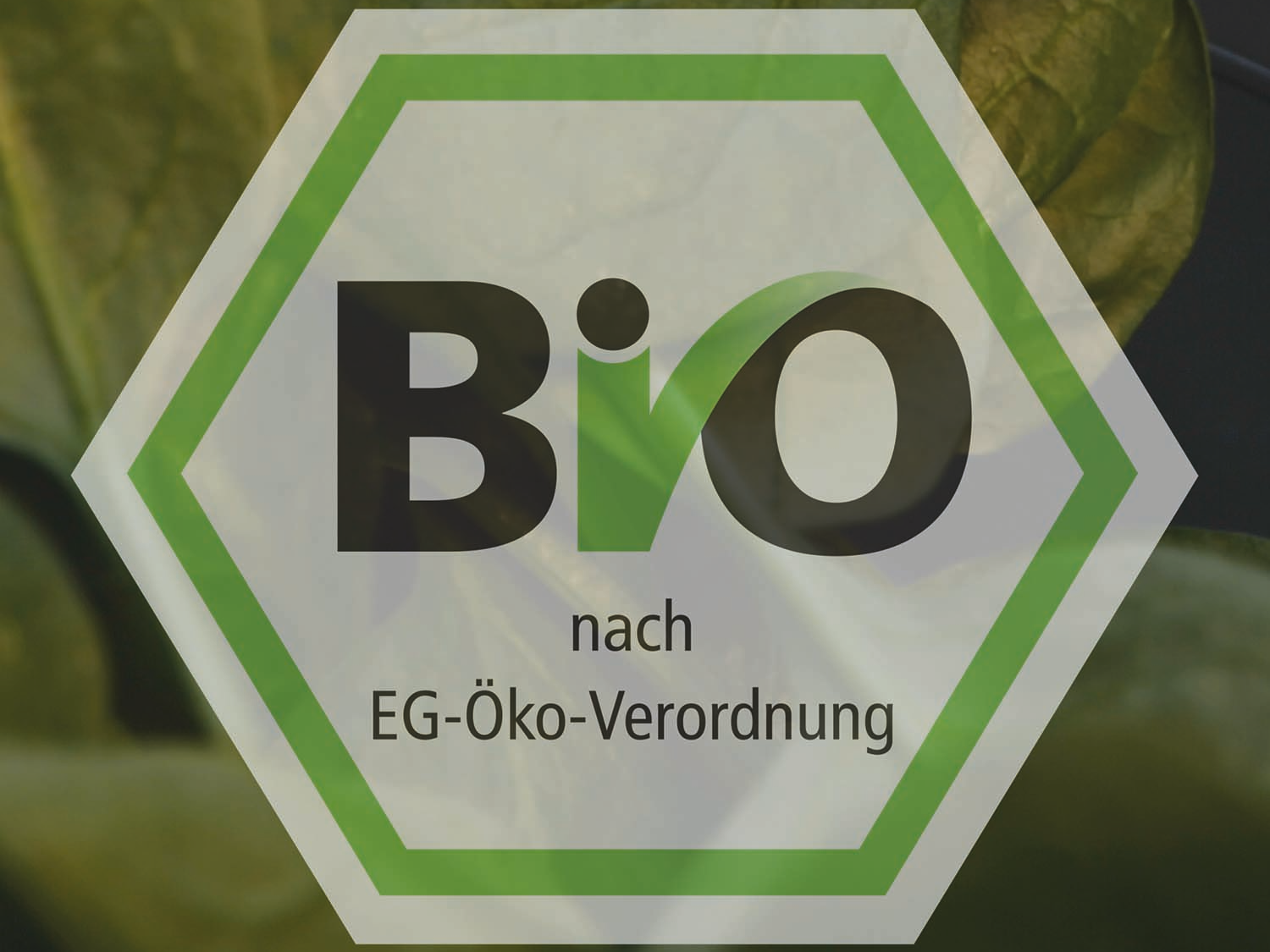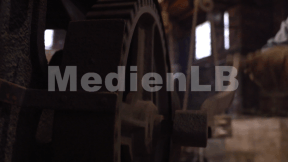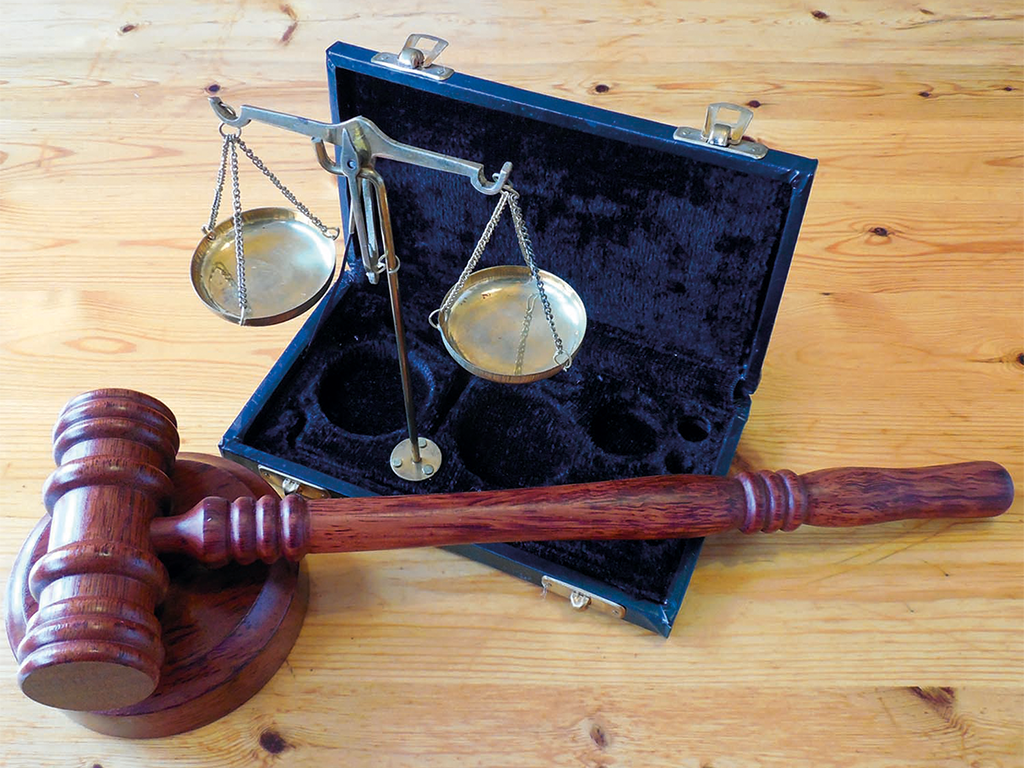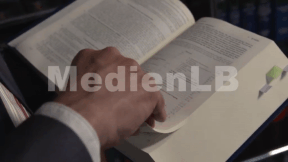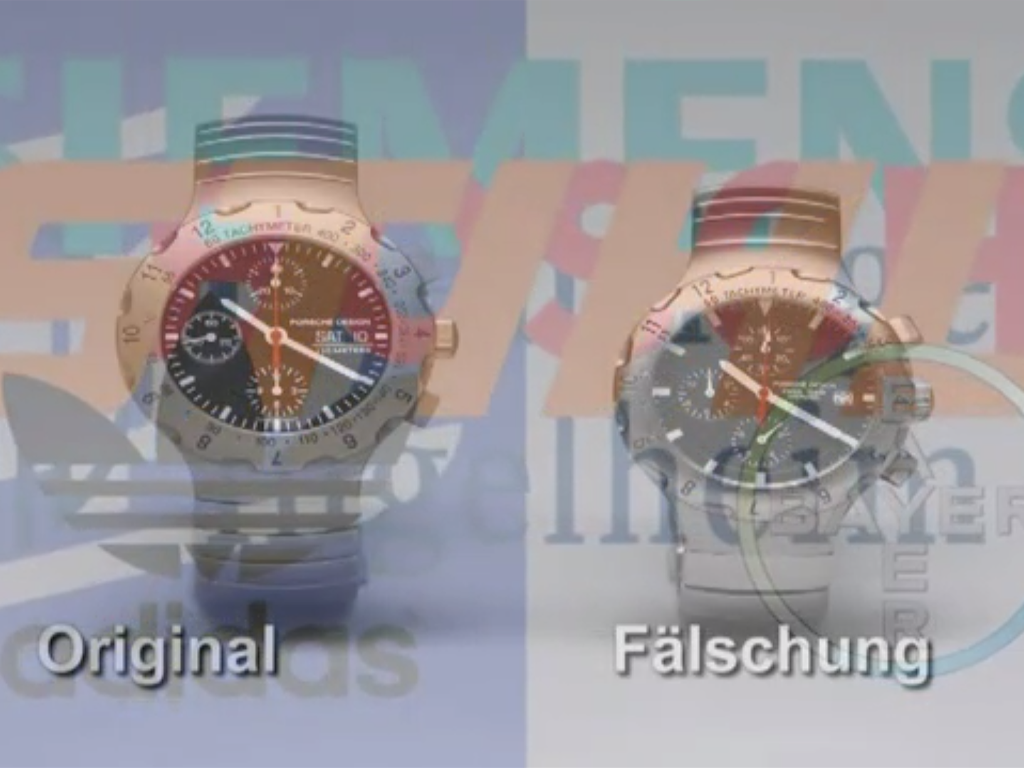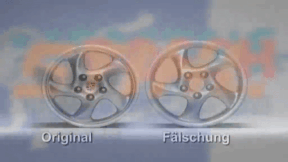 Biology
Biology
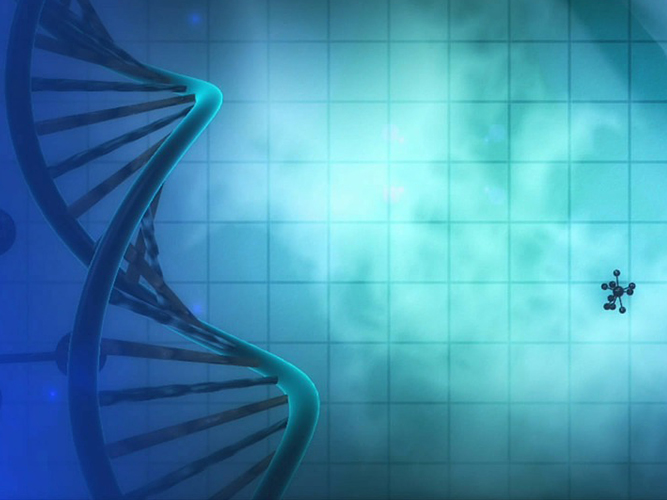
4671653 / 5561477
Biotechnology II
Revolution in Medicine
The results of the fundamental research in genetics and genetic engineering are the basis for the further development of biotechnology, whose basics have already been covered in part I of the biotechnology series. In conjunction with findings in microbiology, biotechnology has made significant progress. In particular the identification of the genetic code has opened up new possibilities for numerous applications. It has enabled the genetic modification of organisms for a desired purpose. The close cooperation between different disciplines in biotechnology continuously generates new insights and possible applications. Moreover, in the so-called red biotechnology – which is medical biotechnology – biologists, medical scientists and pharmacists contribute, amongst other things, to the development of new medicines, thus creating a link between scientific fundamental research and its medical application. An important example of red biotechnology is the production of insulin.
Play trailer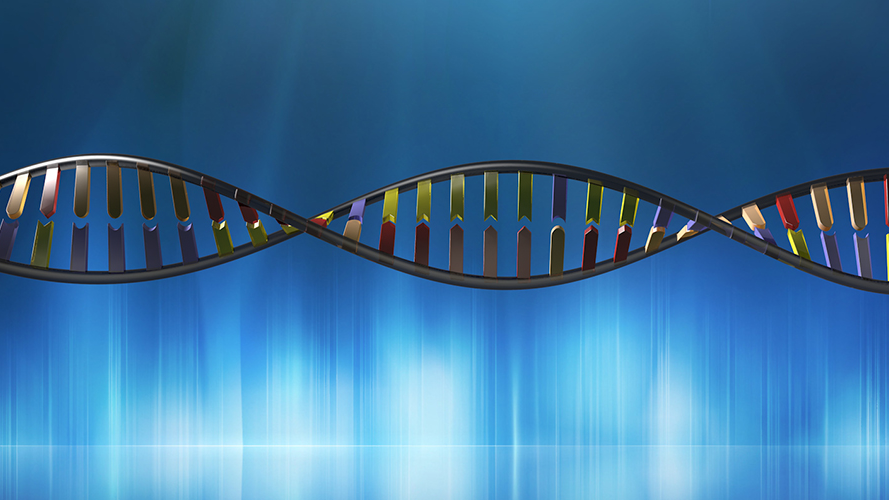
Curriculum-centred and oriented towards educational standards
Matching
Seal of approval
Quality seals such as the "Bio-Siegel", "Blauer Engel", "Stiftung Warentest" and up to 1,000 other seals represent characteristics such as sustainability, health or safety with regard to a product, a service or even a company.
Rights and Obligations
Three girls of different ages: Anna is 17, Paula 15 and Lena 13. Before the law, their respective ages have consequences – because children and adolescents have different rights and also obligations.
Product Piracy
Counterfeiting takes place in almost all economic sectors – textiles, watches, car parts, machine parts, tools, accessories, software and medicines. Some counterfeits are easy to recognise, others are so well-executed that even experts have difficulty distinguishing between original and imitation. This DVD covers the development of a product from idea to manufacture. Once a product has become a trademark, product pirates appear on the scene.




